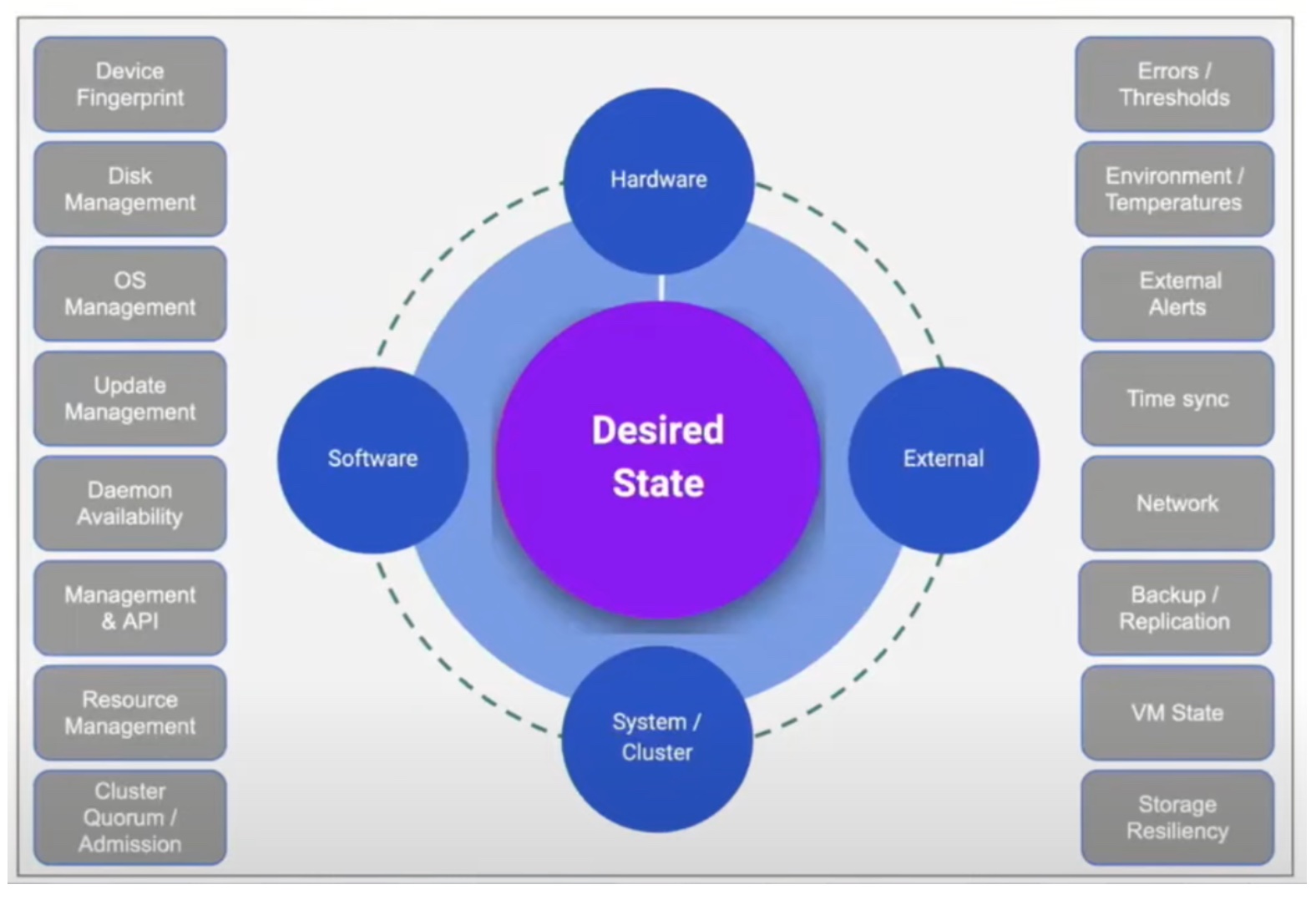Building out a branch office network takes dedication and time. Each new site brought online is a new challenge. Whether it’s dealing with a new ISP or trying to figure out how to setup wireless equipment in the building, no two deployments are ever the same. What is needed is a bit of consistency. That’s where SD-WAN comes into play.
Just Like The Last Time
SD-WAN appliances, like those from Viptela, offer network administrators an island of consistency in a sea of confusion. After spending time solving connectivity challenges from the provider side, the last thing you need is to have equipment arrive on site and face challenges installing and configuring it. For some branch deployments, you can ship pre-configured devices and hope the on-site staff know how to hook them up properly. But if anything goes wrong you will need to try and direct those same people on how to troubleshoot.
The worst case scenario involves a truck roll to the site. In the case of large enterprises with global reach that truck roll can become an airline ticket. Time and money are lost when traveling. And if you’re cutting things close to the wire, you may even incur extra costs for circuits after sliding past cutoff windows.
Branch deployments and upgrades have been this way for a number of years now. Weighing the costs of sending people to do the job right versus hoping the on-site staff can handle it properly are always in the mind of decision makers. More often than not, those questions lead to inaction and putting off necessary upgrades rather than take a chance that a satellite location will be unavailable for doing business for any period of time.
Not Like This Before
The promise of software defined WAN (SD-WAN) solutions solves many of these problems for IT decision makers. SD-WAN edge devices can be shipped to the branch office pre-configured. This means there is not cumbersome conversation about how to type in commands and where to put them. It also means that the central office can immediately see when a new device is brought online. The nature of SD-WAN gives immediate feedback as to availability.
Now, instead of phone calls for troubleshooting and dealing with equipment delays, IT staff can send SD-WAN units, like those from Viptela, to the remote office with clear instructions on how they should be set up. Once the unit has been powered on and connected to the network, it can build a secure tunnel back to the headquarters location. After that connectivity is established an all the parameters have been tweaked by trained personnel, the remote office workers can be instructed to cut over to the new device with a minimum of effort.
This sounds like a great idea in theory, but how does it work in practice? In a recent Packet Pushers podcast, Viptela talked about partnering with Gap INC to roll out SD-WAN to their stores, which number in the thousands. Each of these stores generates revenue for the company, so downtime is not acceptable. Implementations must be clean and quick. Gap has been migrating to Viptela at a rate of fifteen stores per night. After close-of-business, the store plugs in their Viptela unit and waits for the instruction to switch the cables over to run on the new system.
Migrating at this scale wouldn’t be possible with old technology. It would require significant labor and coordination and even then it would not likely approach fifteen stores per day. Software-driven technology serves as a multiplier for existing IT staff, making them more effective both in the headquarters and in the field.




